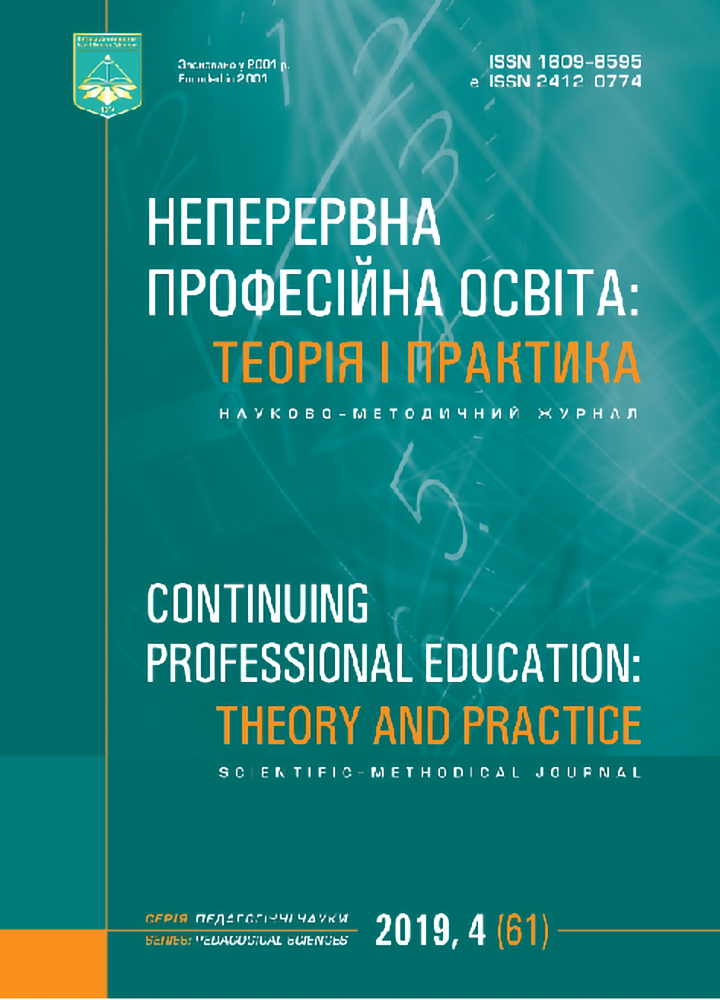THE IMPACT OF COOPERATIVE INTEGRATED READING AND COMPOSITION (CIRC) MODEL ON STUDENTS’ LEARNING ACTIVITY
DOI:
https://doi.org/10.28925/1609-8595.2019.4.5761Keywords:
activity, cooperative integrated reading and composition (CIRC), learning, model, readingAbstract
Study Issues in this article is Learning Model: The Cooperative Integrated Reading and Composition (CIRC) learning model has not yet been implemented and Learning Active: Student learning activeness is still not optimal. Based on a theoretical study it can be concluded that the CIRC method influences learning activities. The CIRC method uses a syntax of seven steps: reading in pairs, writing concerned with grammar, pronouncing words aloud, word meanings, retelling, checking by partners, and writing tests. The method that has been run according to the syntax will have an effect on the activity of learning, namely the inductor: Activities, visuals, verbal, listening, writing, drawing, motoric, mental, and emotional.References
Cheung, A., & Slavin, R. E. (2005). Effective reading programs for English language learners and other language-minority students. Bilingual Research Journal, 29 (2), 241–267. DOI: 10.1080/15235882.2005.10162835 (eng).
Daryanto, R. M. (2012). Model pembelajaran inovatif. Yogyakarta, Indonesia: Gava Media (indones). Fathman, A. K., & Kessler, C. (1992). Cooperative language learning in school contexts. Annual review of applied linguistics, 13, 127–140. DOI: 10.2307/328888 (eng).
Firssova, O., Kalz, M., Borner, D., Prinsen, F., Rusman, E., Ternier, S., & Specht, M. (2014). Mobile inquiry-based learning with sensor data in the school: Effects on student motivation. In C. Rensing et al (Eds.), Proceedings of the 9th European conference on Technology Enhanced Learning – EC-TEL 2014: Open Learning and Teaching in Educational Communities, (pp. 112–124). Graz, Austria (eng).
Gupta, C. (2014). The co-operative model as a «living experiment in democracy». Journal of Cooperative Organization and Management, 2 (2), 98–107. DOI: 10.1016/j.jcom.2014.09.002 (eng).
Lazarowitz, S. G., & Shepherd, R. J. (1992). Geminiviruses: genome structure and gene function. Critical Reviews in Plant Sciences, 11 (4), 327–349. DOI: 10.1080/07352689209382350 (eng).
Machali, I. (2014). Kebijakan perubahan kurikulum 2013 dalam menyongsong Indonesia emas tahun 2045. Jurnal Pendidikan Islam, 3 (1), 71–94. DOI: 10.14421/jpi.2014.31.71-94 (indones).
Mudjiono, D. (2006). Belajar dan Pembelajaran. Jakarta, Indonesia: PT. Rineka Cipta (indones).
Peraturan Pemerintah Republik Indonesia. № 74 tahun 2008 tentang. Standar Akuntansi Pemerintahan. (2008). Retrieved from http://simpuh.kemenag.go.id/regulasi/pp_74_08.pdf (indones).
Salinan Lampiran Peraturan Menteri Pendidikan Dan Kebudayaan Nomor 21 Tahun 2016 Tentang Standar Isi Pendidikan Dasar Dan Menengah (2016). Retrieved from https://bsnp-indonesia.org/wp-content/ uploads/2009/06/Permendikbud_Tahun2016_Nomor021_Lampiran.pdf (indones).
Sardiman, A. M. (2001). Interaksi dan Motivasi dalam belajar Mengajar. Jakarta, Indonesia: Raja Grafindo Persada (indones). Sardiman, A. M. (2011). Interaksi dan Motivasi Belajar Mengajar. Jakarta, Indonesia: PT. Raja Grafindo Persada (indones).
Setiawan, E. (2012). Kamus Besar Bahasa Indonesia (KBBI). Jakarta, Indonesia: Badan Pengembangan dan Pembinaan Bahasa, Kemdikbud (Pusat Bahasa) (indones).
Slavin, R. E. (2010). Co-operative learning: what makes group-work work. The nature of learning: Using research to inspire practice, 161–178 (eng).
Sudjana, N. et al. (2013). Menyusun Program Pengawasan. Jakarta, Indonesia: Binamitra-Publishing (indones).
Downloads
Published
How to Cite
Issue
Section
License
Copyright (c) 2020 Alizunna Defirra, Zubaidah Enny

This work is licensed under a Creative Commons Attribution-NonCommercial 3.0 Unported License.



